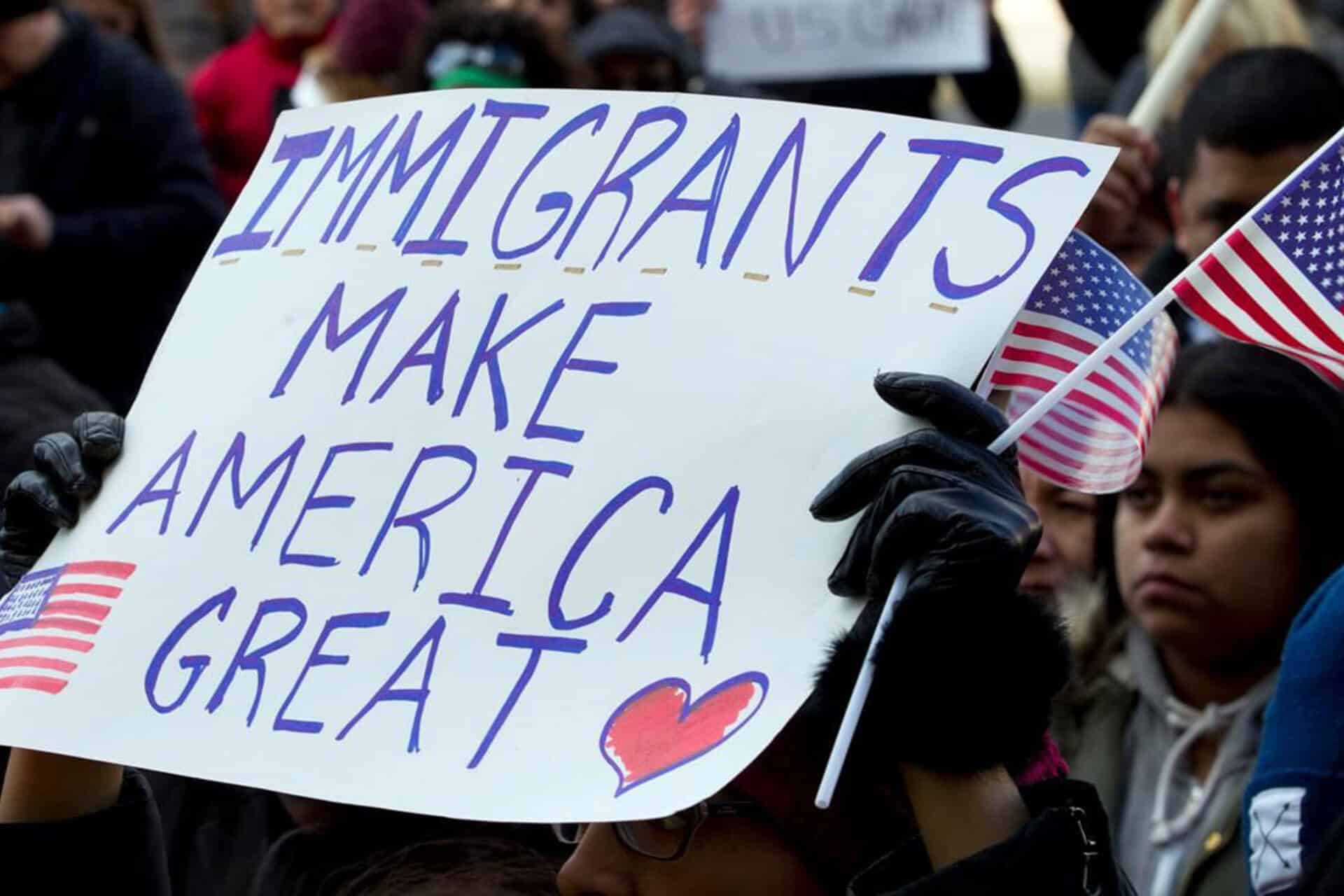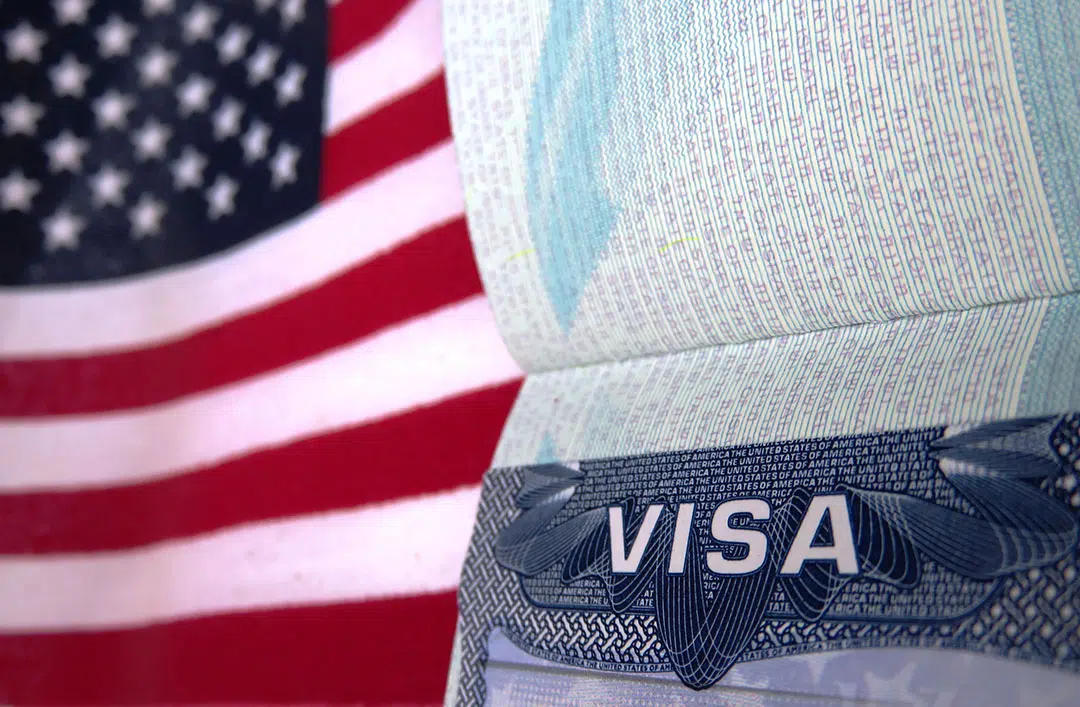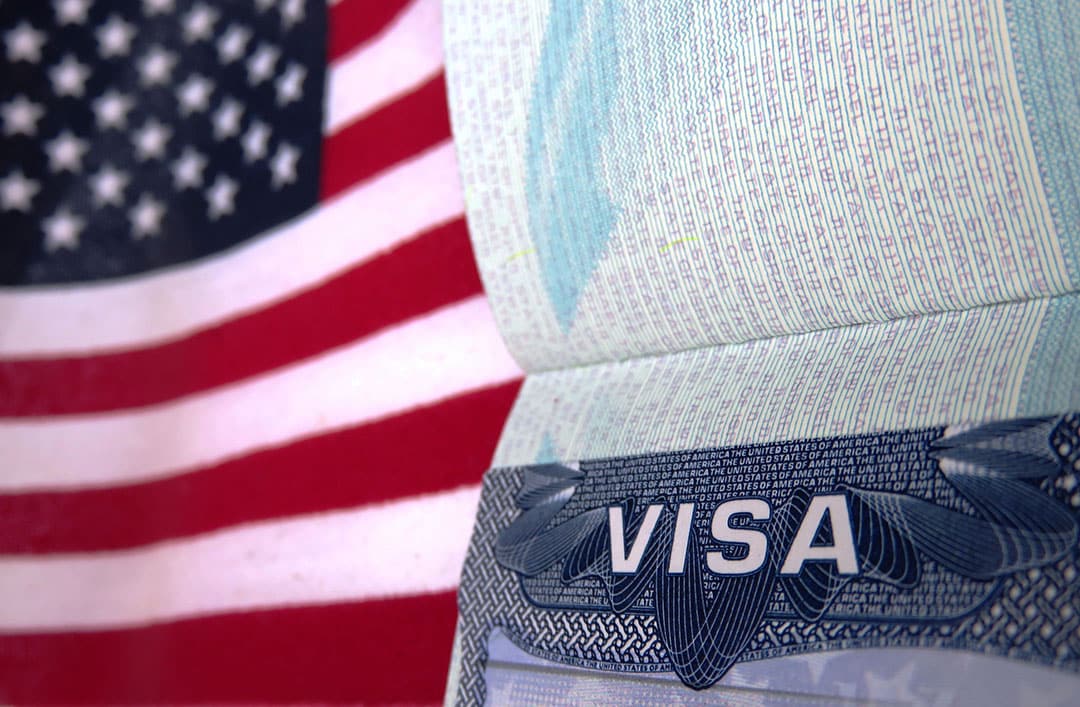The 8 Fastest and Cheapest Ways to Immigrate to the United States

U.S. immigration law is complicated, and there are many misunderstandings about how it works. U.S. immigration laws are based on the following principles: family reunification, admission of immigrants with talents important to the U.S. economy, protection of refugees, and promotion of diversity. These top 8 quickest and cheapest way explains how the U.S. immigration system works.
The Immigration and Nationality Act is the body of law that governs contemporary immigration policy. The Immigration and Nationality Act (INA) allows the United States to issue up to 675,000 permanent immigrant visas in various categories each year.
A person becomes an LPR after obtaining an immigrant visa and arriving in the United States. Tourists, international students, and temporary employees all receive “non-immigrant” visas that allow them to stay in the United States for years. While many employment-related visas have a yearly limit, other non-immigrant visas (such as tourist and student visas) have no such restrictions and can be granted to anyone who qualifies.
The 8 fastest and cheapest ways to immigrate to the USA
Employment-Based Immigration
The United States offers a variety of opportunities for immigrants with significant talents to come to the country permanently or temporarily.
Family Based Immigration
Immigration policy is guided by the idea of family reunification. U.S. citizens and LPRs may bring certain family members to the United States under the family-based immigration category. Immigrants with family ties to the United States are accepted as immediate relatives of U.S. citizens or under the family preference system.
Applicants as immediate relatives must meet specific age and financial requirements, while petitioners must meet certain age and financial requirements. Immediate parents are:
- Spouses of U.S. citizens
- Minor children (under 21) of U.S. citizens who are not married; and
- Parents of U.S. citizens (petitioner must be at least 21 years old to apply for a parent).
The family preference system makes a limited number of visas available each year, but applicants must meet regular qualification standards, and petitioners must meet specific age and financial requirements.
Congress created a sophisticated method for determining the number of family preference visas available in a given year to balance the overall number of immigrants entering on the basis of family ties. The number of visas available for allocation under the preferred method is then multiplied by all unused employment preference immigrant numbers from the previous year.
To be admitted through the family-based immigration system, a U.S. citizen or lawful permanent resident (LPR) must apply for an individual family member, establish the legitimacy of the relationship, meet minimum income requirements, and sign an affidavit stating that the sponsor will be financially responsible for the family member(s) upon arrival in the U.S. or sign an affidavit stating that the sponsor will be financially responsible for the family member(s) upon arrival in the U.S.
Family members must also meet certain eligibility requirements, such as undergoing a medical examination and receiving required immunizations, providing an analysis of any immigration or criminal history, and demonstrating that they will not be solely dependent on the government for survival.
Derivative immigrants are spouses and children who accompany or follow the principal immigrant (one who is sponsored by a U.S. citizen or lawful permanent resident (LPR) under the family preference category).
Temporary Visa Classifications
There are approximately 20 different types of visas available for non-immigrant employees on a temporary basis. However, depending on the permanent immigration category sought and the foreign national’s existing nonimmigrant status, the foreign national may be able to complete the steps to become an LPR while continuing to live and work in the United States.
Ceilings By Country
There are approximately 20 different types of visas available for non-immigrant employees on a temporary basis. However, depending on the permanent immigration category sought and the foreign national’s existing nonimmigrant status, the foreign national may be able to complete the steps to become an LPR while continuing to live and work in the United States.
Permanent Immigration to the United States
The total number of employment-based permanent immigrants is capped at 140,000 per year. This number includes immigrants, eligible spouses, and unmarried minor children, which implies that the actual number of employment-based immigrants per year is less than 140,000. The application for an immigrant visa to the United States by the foreign national. the consulate is the final step. The immigrant visa application cannot be filed until USCIS authorizes the immigrant petition for consular processing. The time required to file an adjustment of status application is determined by the fact that a visa number is considered instantly available.
The Visa Diversity Program
The Immigration Act of 1990 established the Diversity Visa Lottery as a specialized pathway for immigrants from countries with low immigration rates to the United States. Each year, 55,000 visas are randomly distributed to citizens of countries that have sent fewer than 50,000 immigrants to the United States in the previous five years. Although it was designed to promote Irish immigration (at least 40% of the visas were granted only to Irish immigrants in the first three years of the program), the Diversity Visa program has become one of the few ways for people from certain parts of the world to obtain a green card.
To qualify for a Diversity Visa, an applicant must have completed high school (or its equivalent) or have worked for at least two years in an occupation that requires at least two years of training or experience in the previous five years. Visas are divided among six geographic areas, with more visas allocated to areas with lower immigration rates and no visas allocated to residents of countries that have sent more than 50,000 immigrants to the United States in the past five years.
Citizenship In The United States
A person must have had lawful permanent resident (LPR) status (a green card) for at least five years to qualify for U.S. citizenship by naturalization. Other exclusions include, but are not limited to, U.S. military personnel serving in times of war or declared hostilities. Applicants for U.S. citizenship must be at least 18 years old, have lived in the country continuously, be of “high moral character,” pass English, history, and U.S. civics tests (with some exceptions), and pay an application fee, among other criteria.
Humanitarian Aid in Other Forms
Temporary Protected Status (TPS) does not always lead to LPR status or any other type of immigration status. Deferred Enforced Departure (DED) does not automatically lead to Lawful Permanent Resident (LPR) status or any other type of immigration status.
Even if they do not meet the criteria for refugee status and are not eligible to immigrate through other avenues, some people may be allowed to enter the United States under parole.




